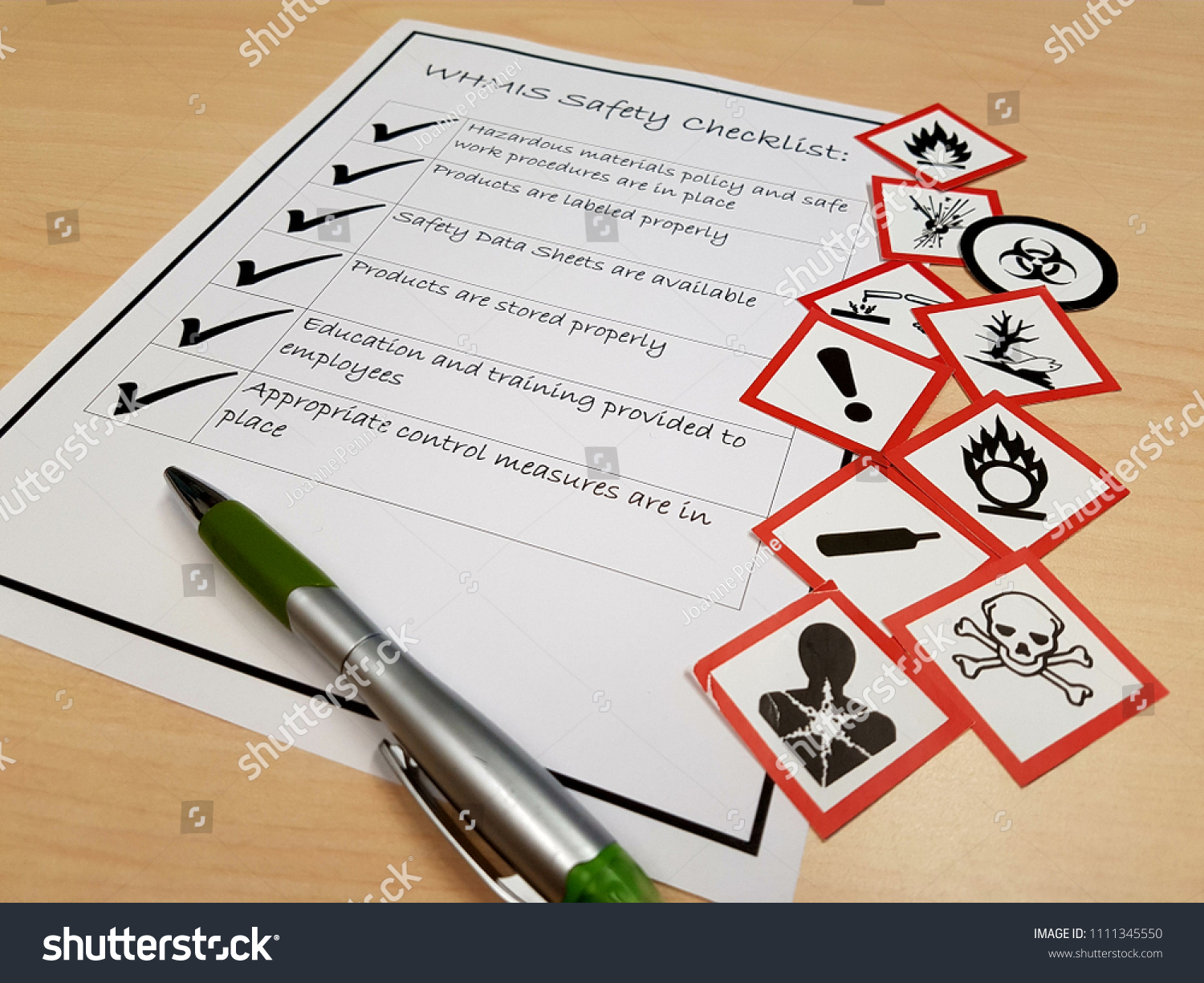Obtaining feedback to ensure that the work group is aware of organisation reporting requirements is essential because it fosters a culture of transparency, accountability, and compliance with health and safety standards. By regularly seeking input and understanding the awareness levels of employees, organisations can identify and address any gaps or misconceptions, ensuring that reporting procedures are well understood and followed. This feedback-driven approach not only enhances safety and regulatory compliance but also empowers employees to actively contribute to the organisation's commitment to health and safety.
To obtain feedback effectively:
- Communication: Maintain open and transparent communication with the work group about reporting requirements, highlighting their importance in maintaining a safe and compliant work environment.
- Regular Check-Ins: Conduct regular meetings or check-ins with employees to discuss reporting procedures, address any questions or concerns, and seek their feedback on the clarity and effectiveness of reporting requirements.
- Feedback Mechanisms: Establish feedback channels, such as suggestion boxes, anonymous reporting options, or direct communication with supervisors, to encourage employees to express their thoughts, concerns, and suggestions related to reporting requirements.
By incorporating these steps into your organisation's approach, you can ensure that the work group is fully aware of reporting requirements, contributing to a safer and more compliant work environment in the context of animal care.

Reviewing workplace health and safety records to confirm they are accurate, thorough, and completed in a timely manner is essential. Here's how to ensure each of these aspects:
- Accuracy
- Document Verification: Cross-reference records with actual events or incidents, such as incident reports, to ensure that the information matches what occurred.
- Data Validation: Double-check data entries, figures, and descriptions to identify and correct any inaccuracies. Ensure that dates, times, and details are precise.
- Peer Review: Engage in peer review by having another knowledgeable colleague or supervisor review the records for accuracy.
- Audits: Conduct periodic internal audits or assessments of the records to identify inaccuracies and address them promptly
- Thoroughness
- Checklist: Develop a comprehensive checklist or set of criteria that outlines all the required components and details that should be present in each type of health and safety record.
- Completeness Review: Verify that records contain all necessary information, such as descriptions of incidents, actions taken, names of individuals involved, and any supporting documentation.
- Training: Ensure that personnel responsible for record-keeping receive training on what constitutes thorough documentation and understand the importance of detail.
- Quality Control: Implement a quality control process that includes a systematic review of records against the established criteria for thoroughness.
- Timely Completion
- Establish Deadlines: Define clear deadlines and timeframes for the completion of specific records, such as incident reports or safety inspections.
- Tracking Systems: Implement tracking systems or reminders to ensure that records are completed and submitted within the defined timeframes.
- Regular Reviews: Conduct regular reviews to monitor the timeliness of record completion. Address any delays promptly.
- Supervisory Oversight: Supervisors should provide oversight to ensure that employees meet deadlines and complete records on time.
- Training and Awareness: Make sure that employees are aware of the importance of timely record completion and understand the consequences of delays.
- Feedback Loop: Encourage employees to report any challenges or obstacles that hinder timely record completion and take actions to address these issues.
By following these strategies, organisations can effectively review workplace health and safety records to ensure accuracy, thoroughness, and timely completion. This contributes to safety, regulatory compliance, and the overall well-being of employees and animals.
Using aggregate information and data from records to identify hazards and monitor risk controls is a proactive approach to enhancing workplace safety. Here's how to do it effectively:
- Collect and compile data from various workplace health and safety records, including incident reports, risk assessments, safety audits, and inspection findings.
- Organize the data into a central database or system that allows for easy retrieval and analysis.
- Analyse the aggregated data to identify patterns, trends, or recurring issues related to health and safety in the animal care environment.
- Look for commonalities in incidents, such as types of injuries, locations, times, or specific animals involved.
- Assess the effectiveness of existing risk controls and safety measures based on the data analysis. Identify areas where controls have successfully mitigated risks and where improvements are needed.
- Determine whether any risk controls need modification, reinforcement, or further attention based on the patterns identified.
- Prioritise hazards based on the level of risk they pose and the frequency of occurrence. Focus on addressing the most critical hazards that pose the greatest threats to safety.
- Develop action plans to address identified hazards and improve risk controls. These plans should outline specific steps, responsibilities, and timelines.
- Implement the action plans, making necessary changes to safety protocols, procedures, equipment, and training.
By utilising aggregate information and data from records, organisations can proactively identify hazards, assess the effectiveness of risk controls, and take action to improve safety. This data-driven approach contributes to a culture of safety, regulatory compliance, and the well-being of both employees and animals under their care.
Quiz
